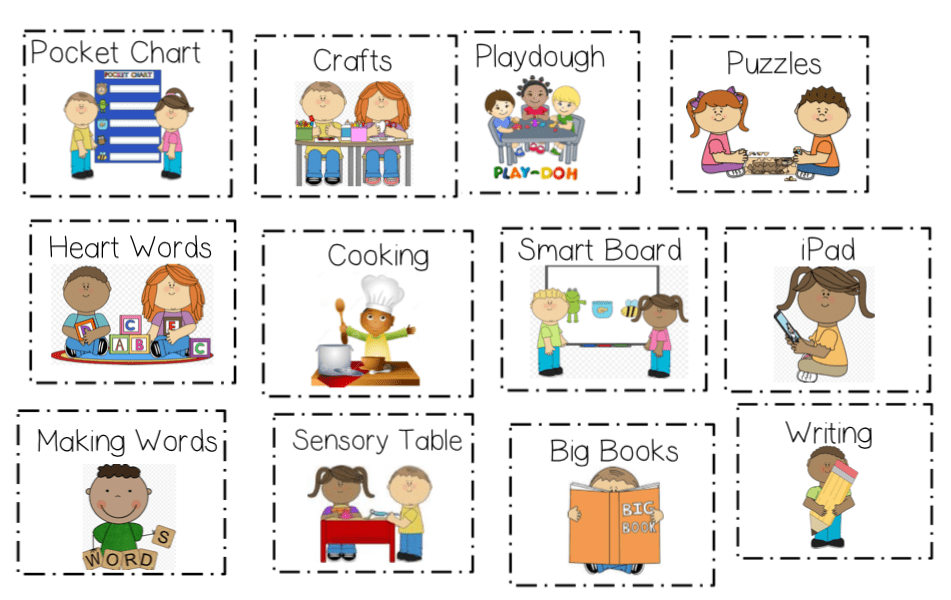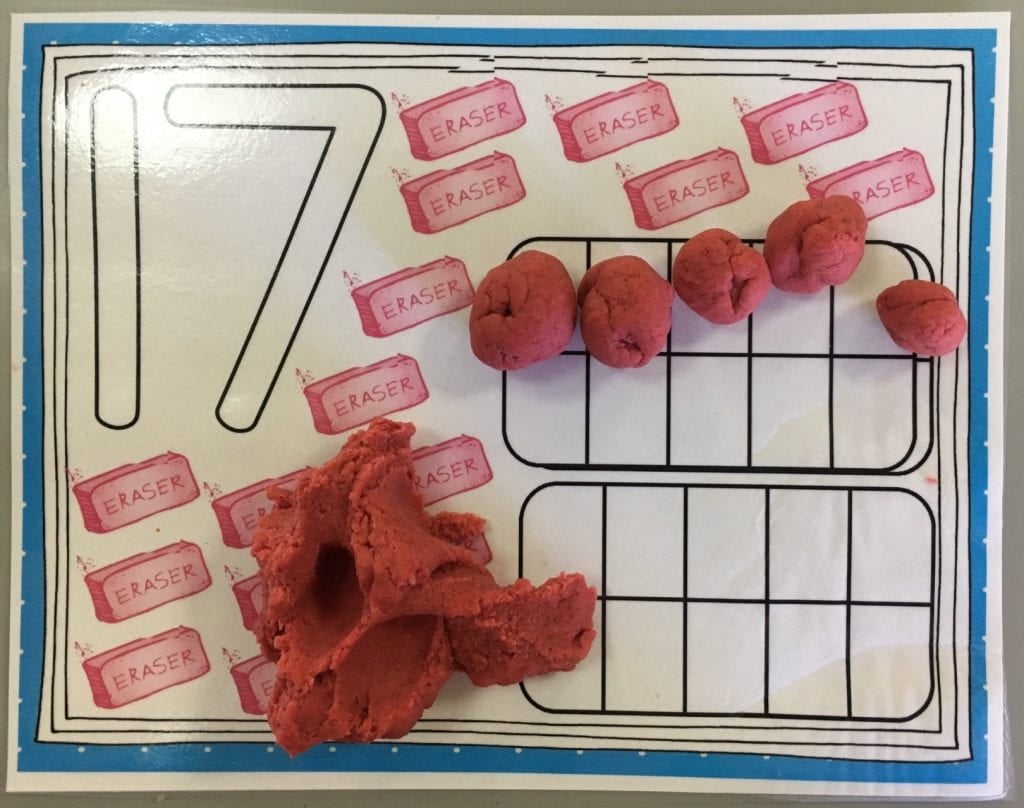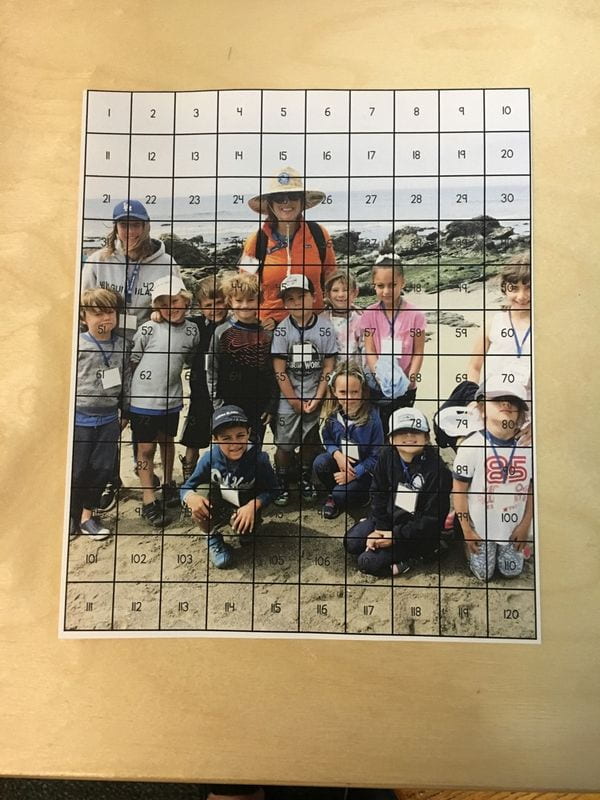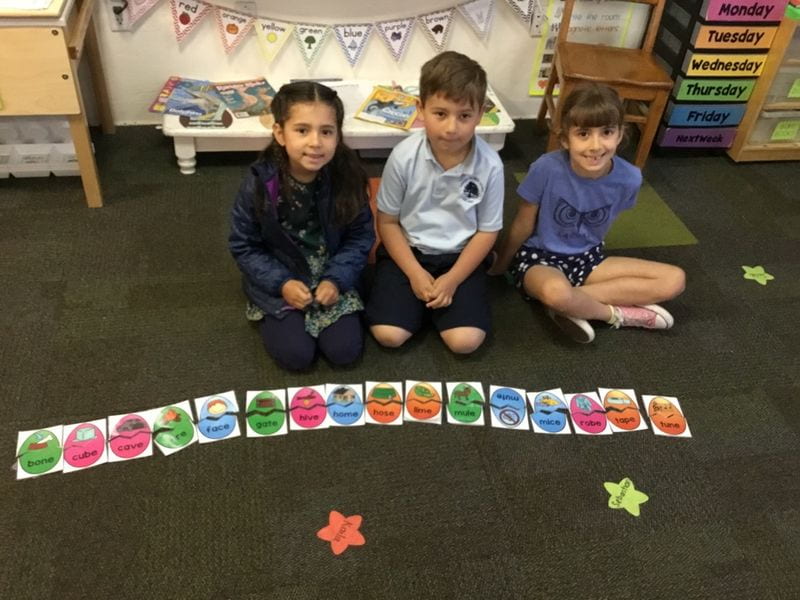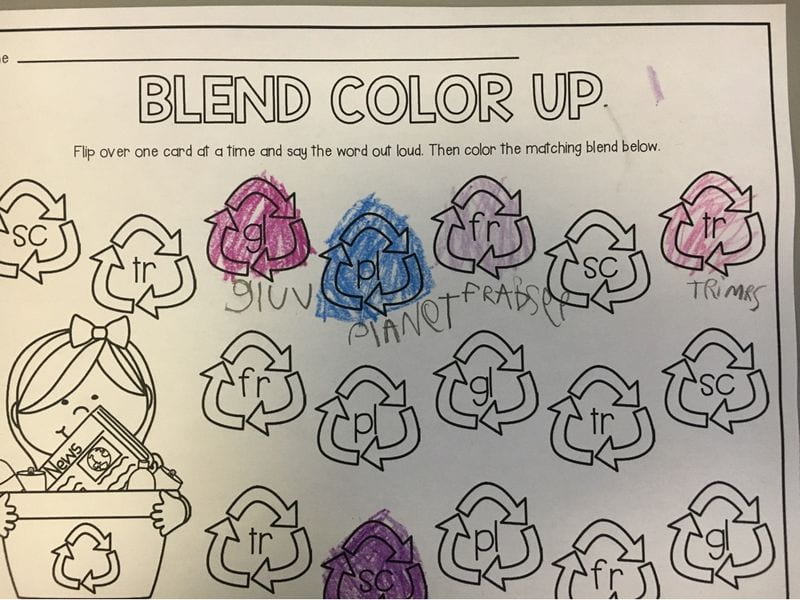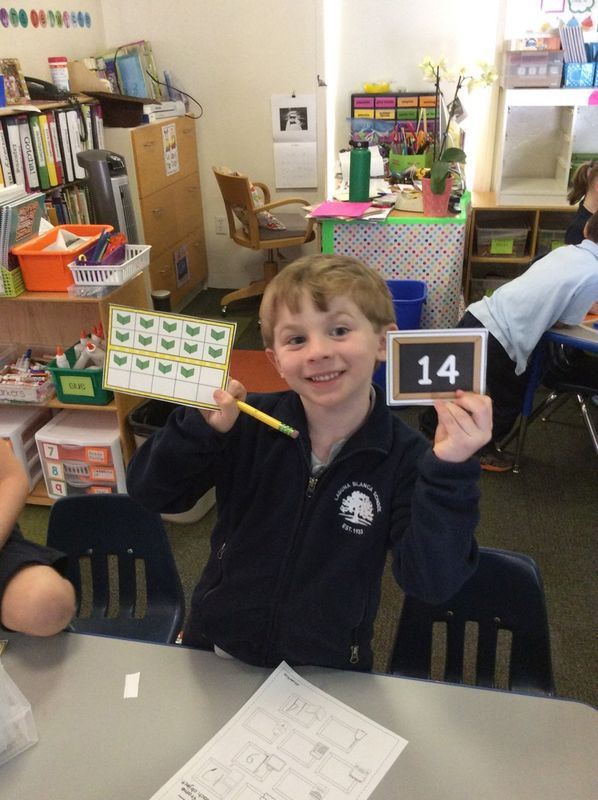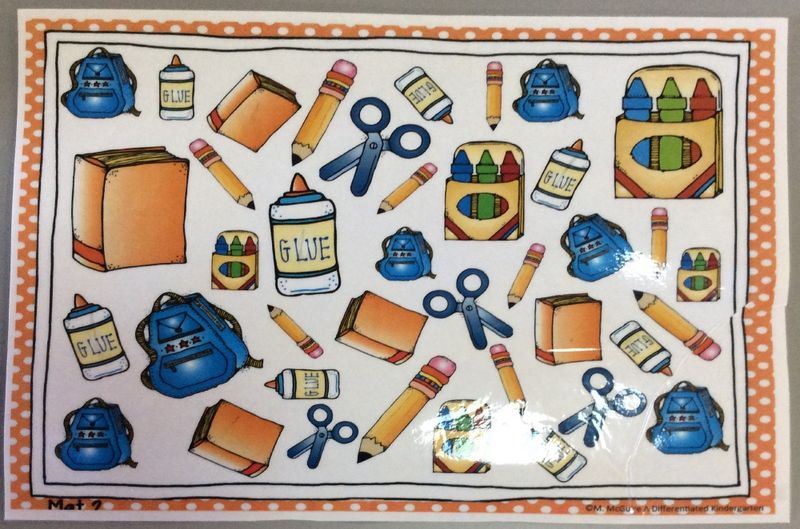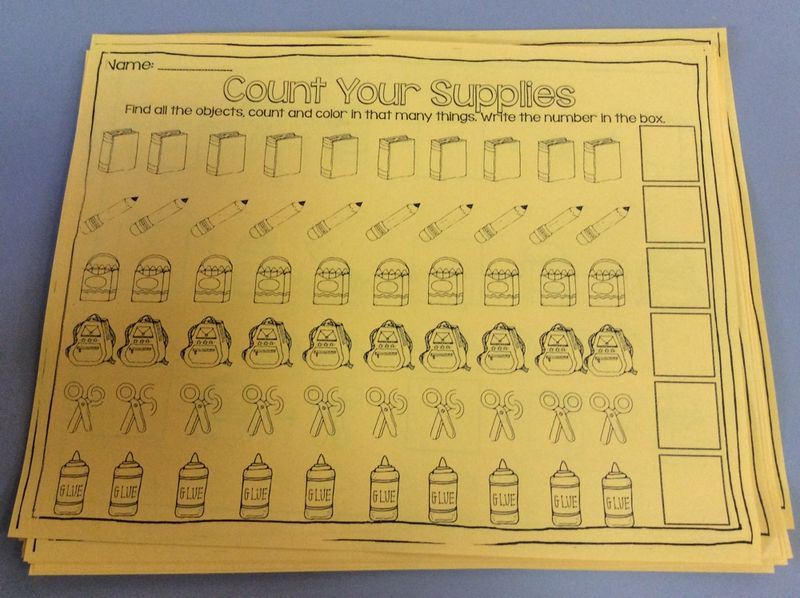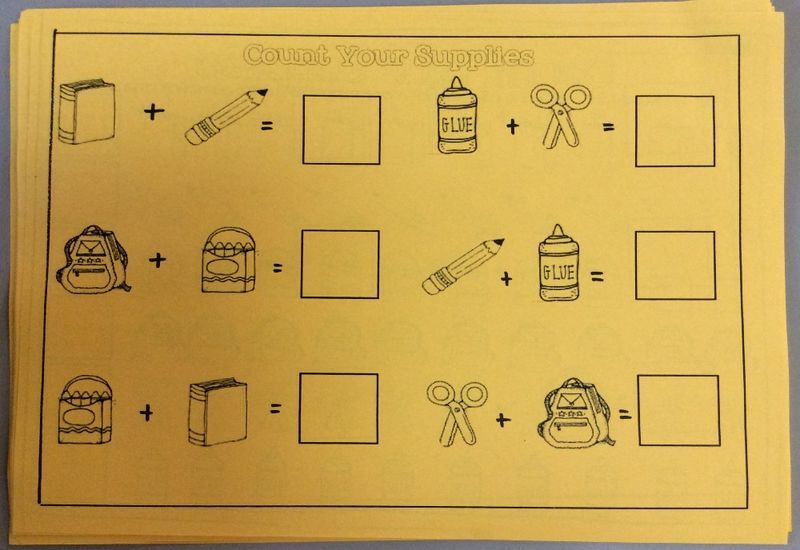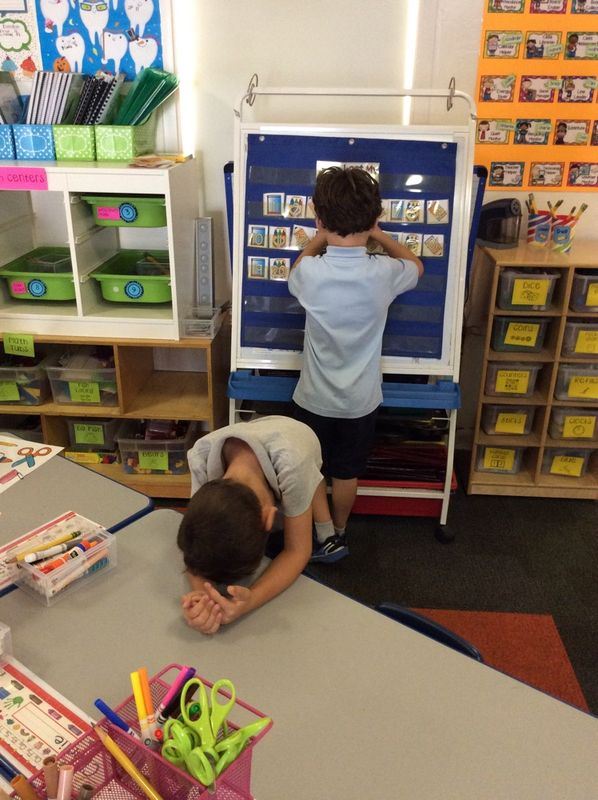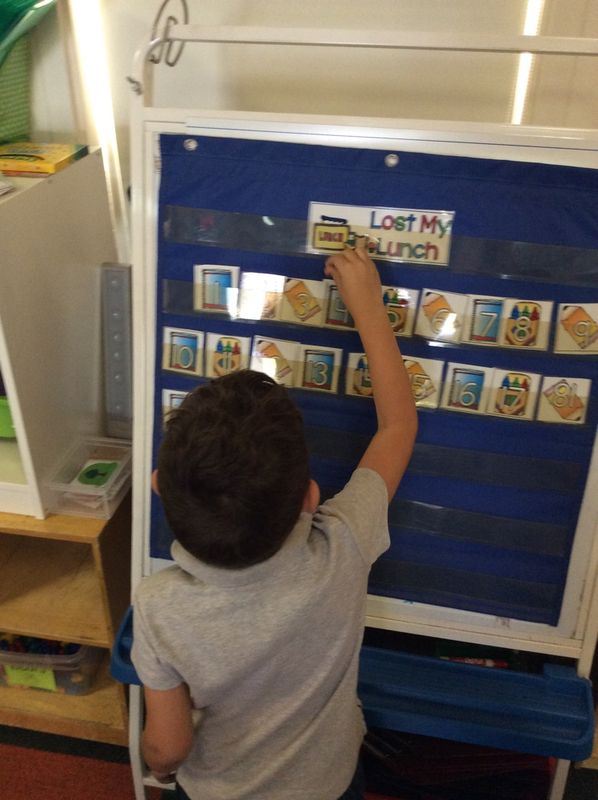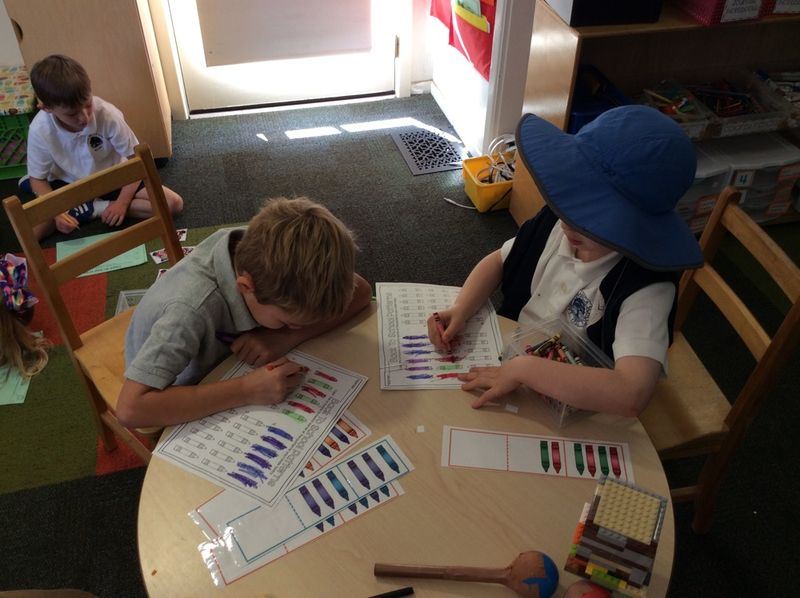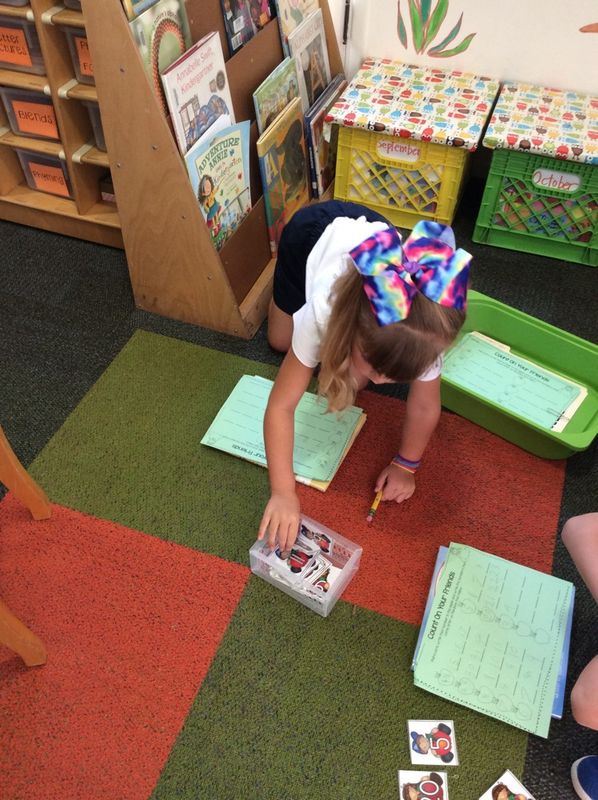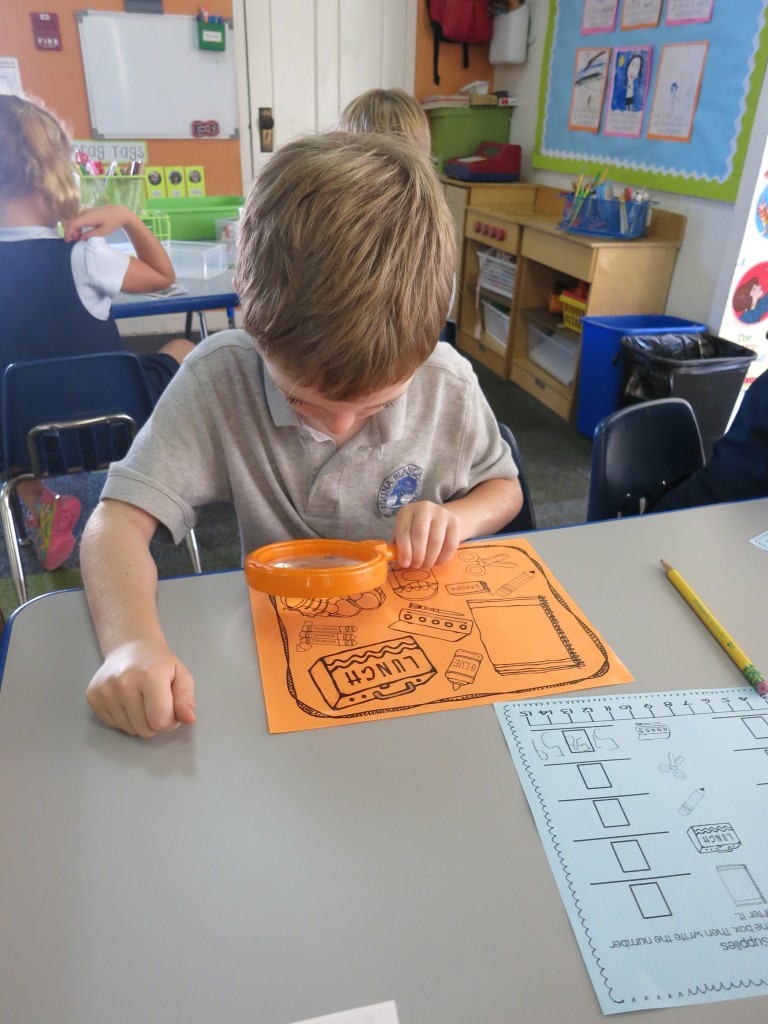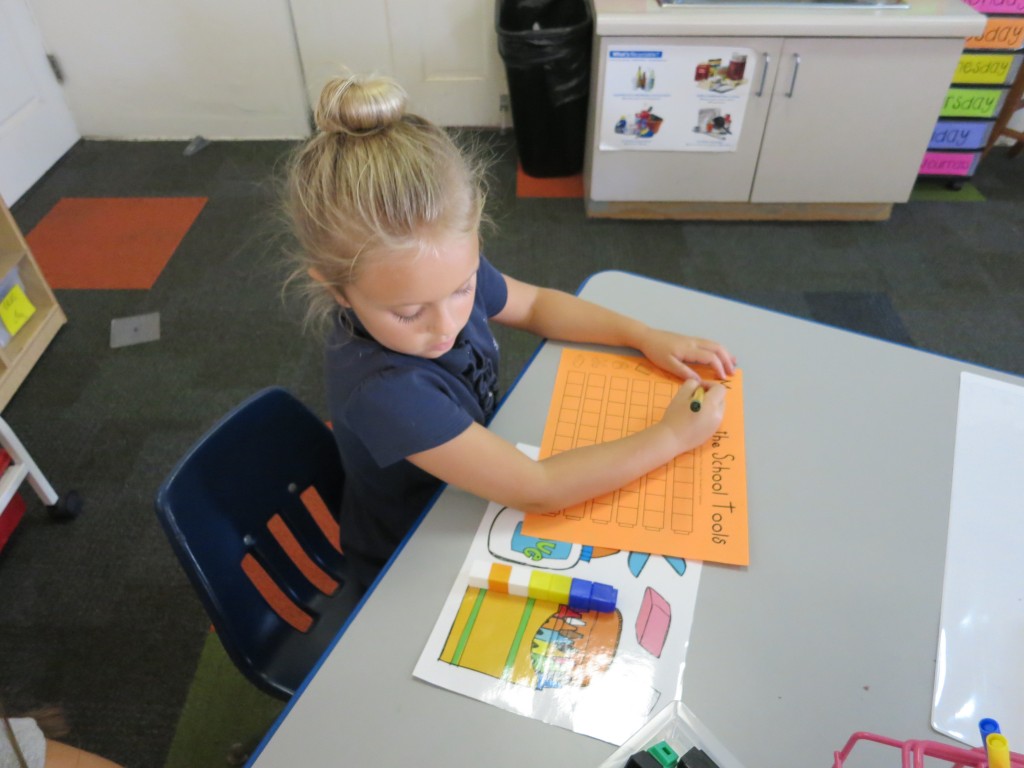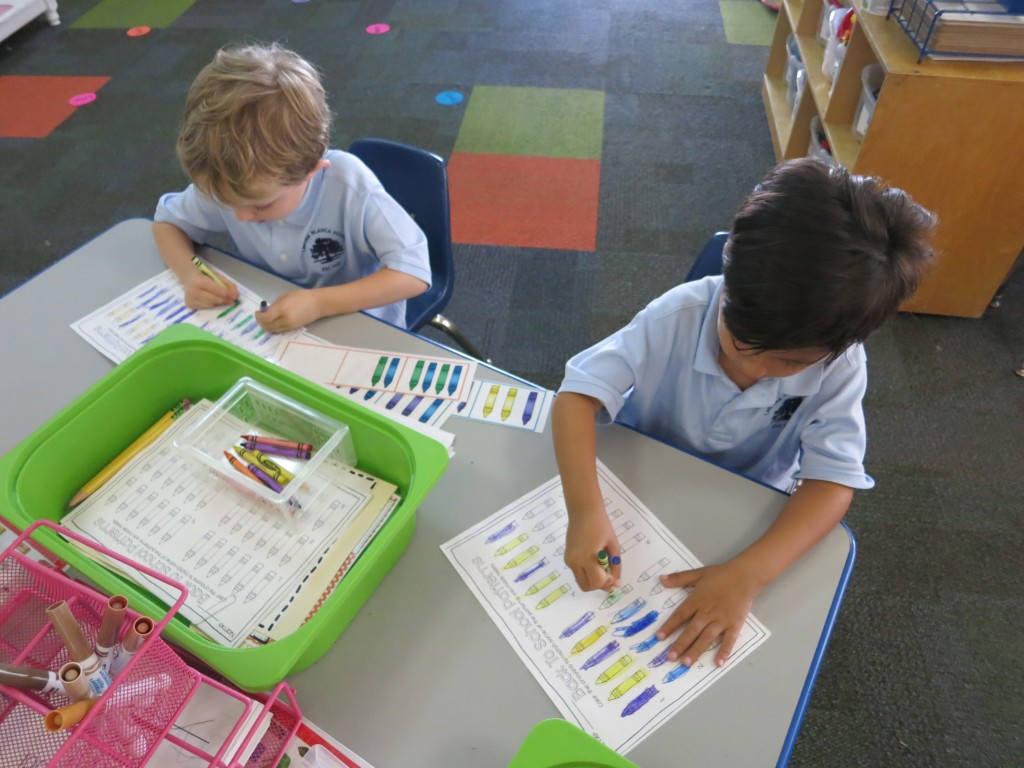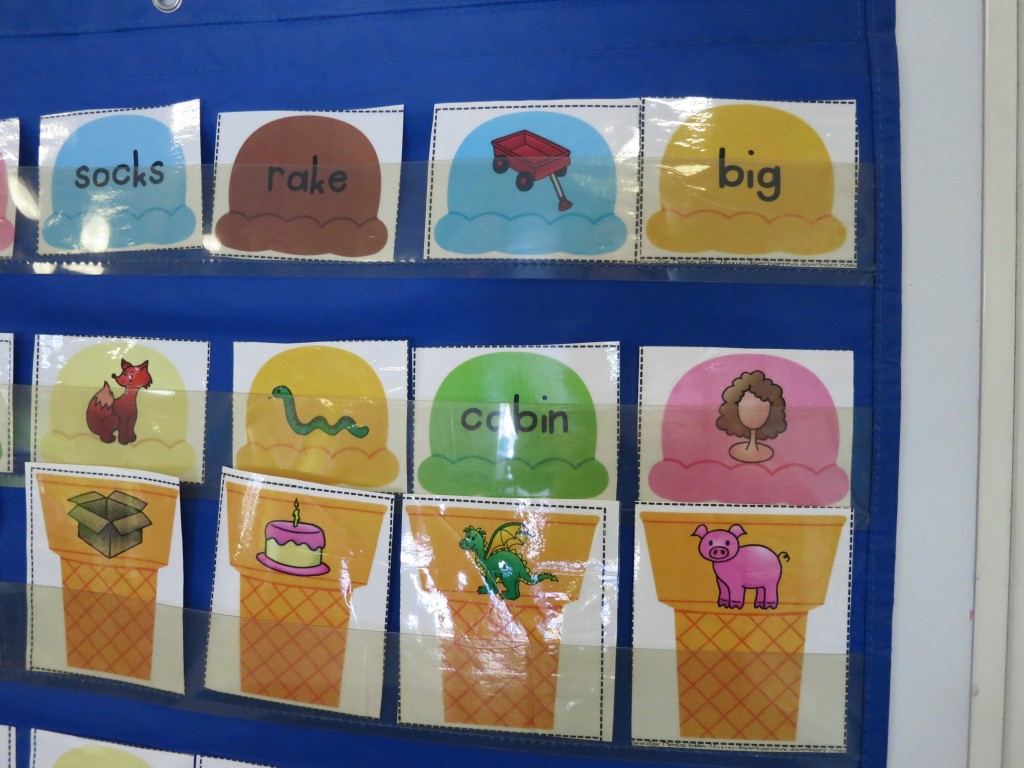I am excited to blog about our second day of Literacy Workstations! This summer, I spent a lot of time reorganizing my Reading Centers. I wanted the students to have “more buy-in” and more choice. First, I renamed Reading Centers….. they are now Literacy Workstations. Next I made an organizational Smart Notebook for our Literacy Workstations time that is interactive and personalized for the students. This is what I came up with:
Each rotation lasts approximately 12-15 minutes. Once completed, I move the children’s pictures to their next center, and they begin the next rotation. Being that it is only Day 2 of Literacy Workstations, students are trying out each activity. Once they have a clear understanding of how each activity works, I will begin to add more activities to the independent parts of our Workstations. The activities include:
Through these workstations, every student receives differentiated instruction from both me and my Instructional Assistant. Many of the independent workstations are differentiated as well.
Students were listening to beginning sounds and then recording the sound that they heard.
Students listened to a book on CD. Listening to books on CD helps students build comprehension, phonics, and tracking skills.
Students found beginning sound puzzle pieces in our sensory table that they matched to the corresponding letters.
Students sounded out CVC (consonant-vowel-consonant) words and found the picture to match.
In another workstation, students used playdough to demonstrate number sense….not quite a literacy skill, but we were practicing how to use playdough as part of a Literacy Workstation!
I will post more as the students explore each of the activities I have developed for Literacy Workstations. We are off to a GREAT start!

